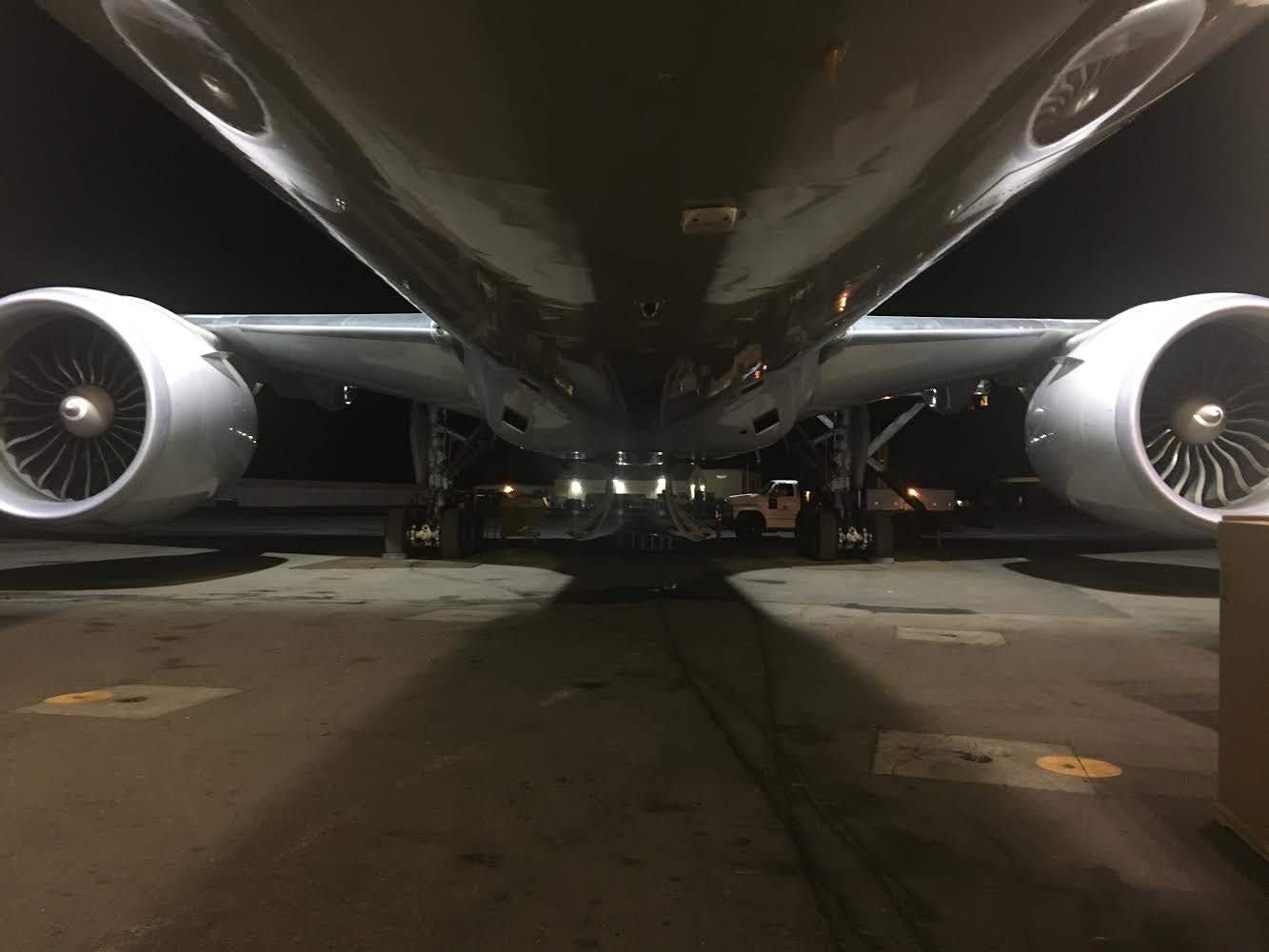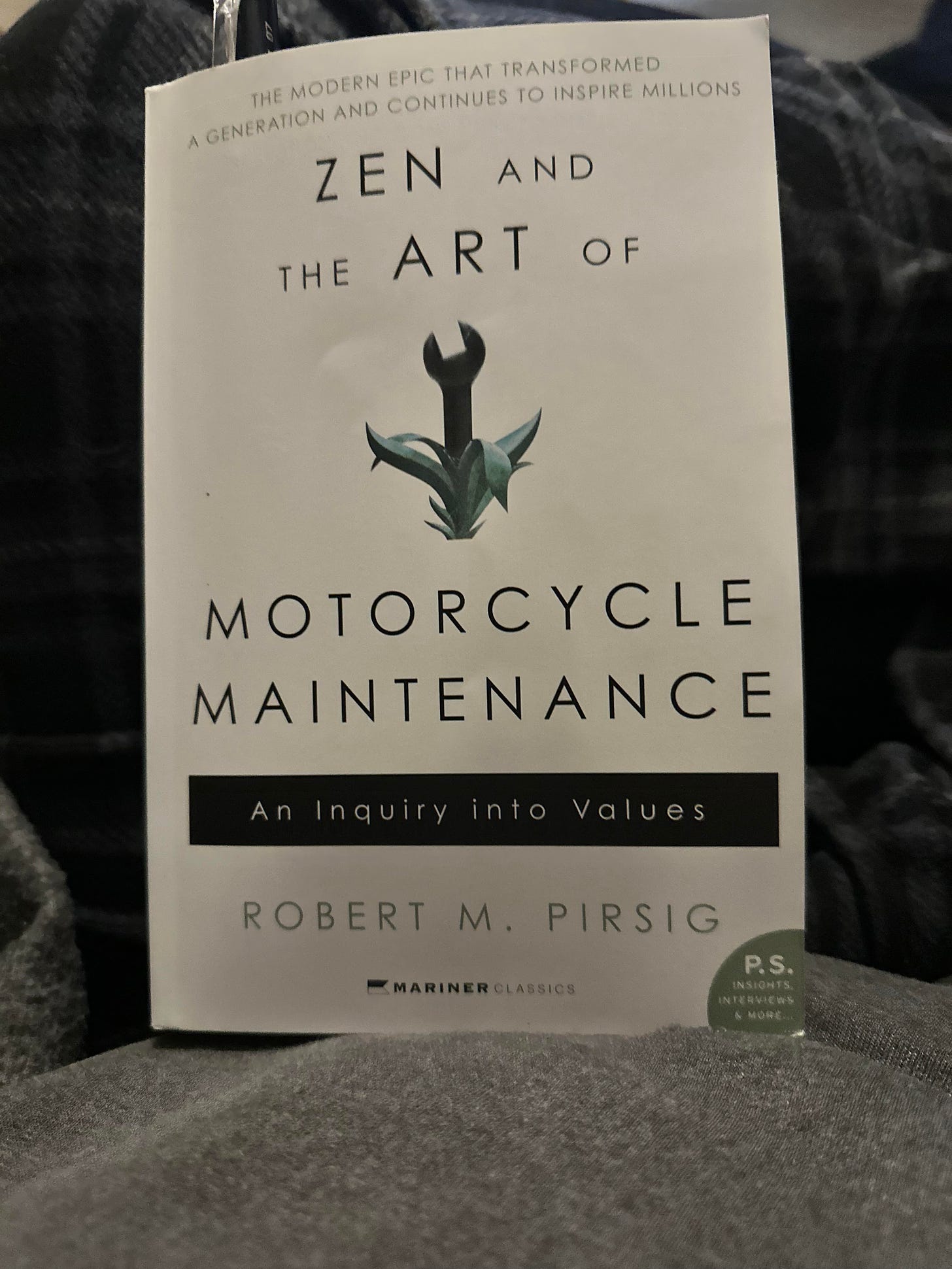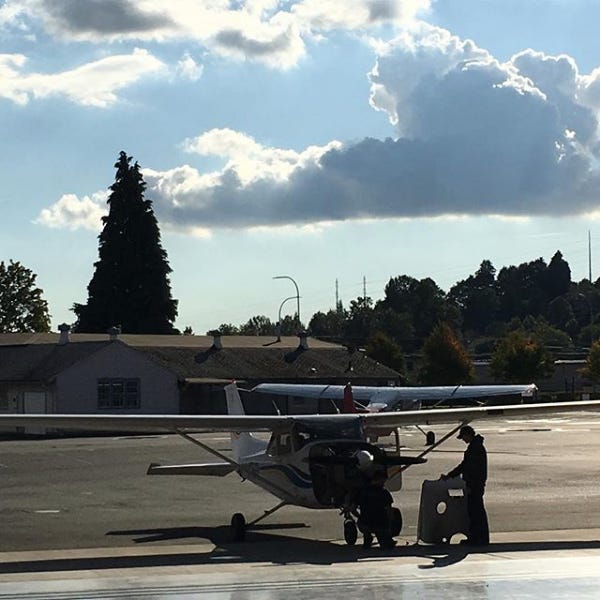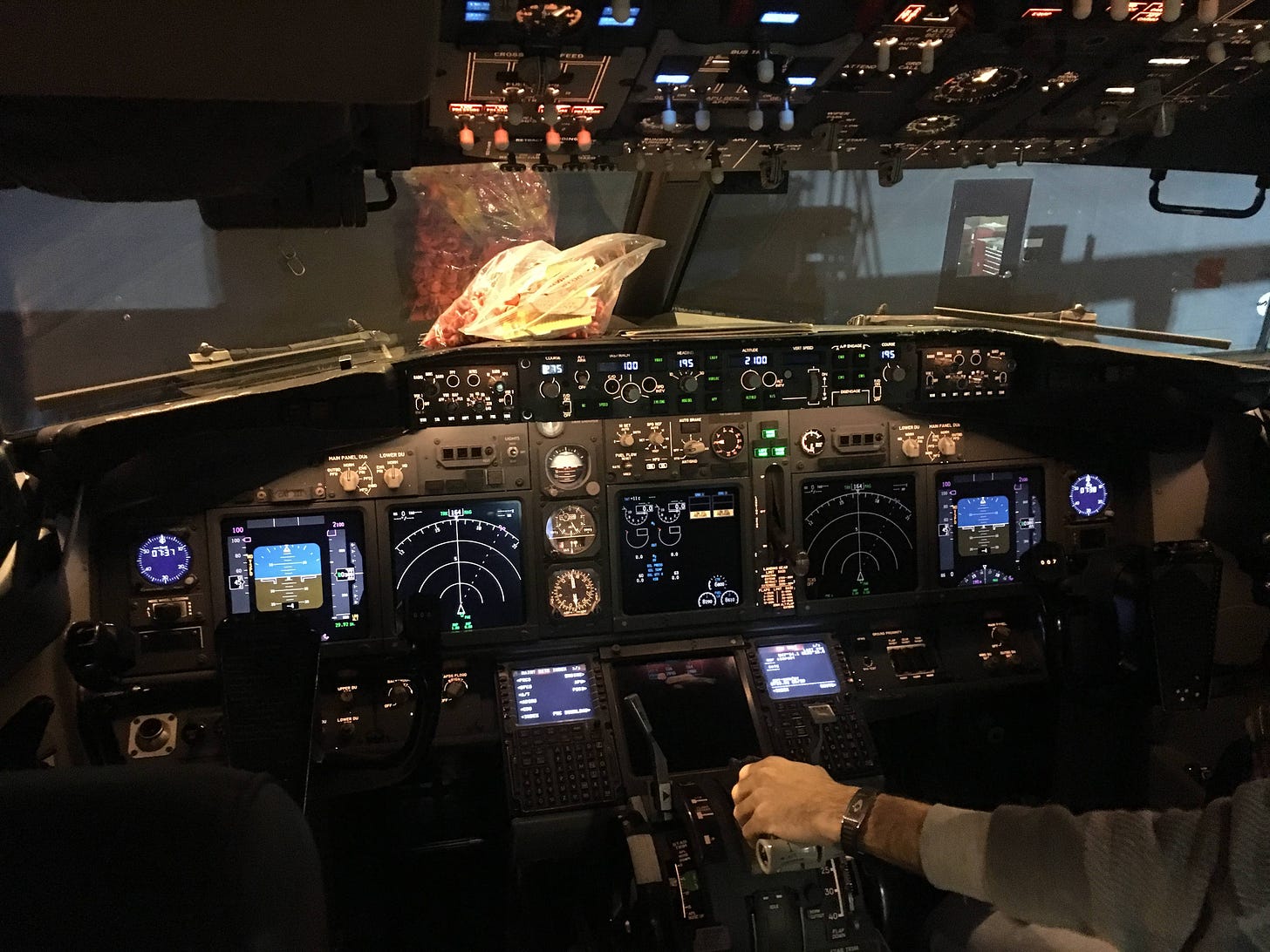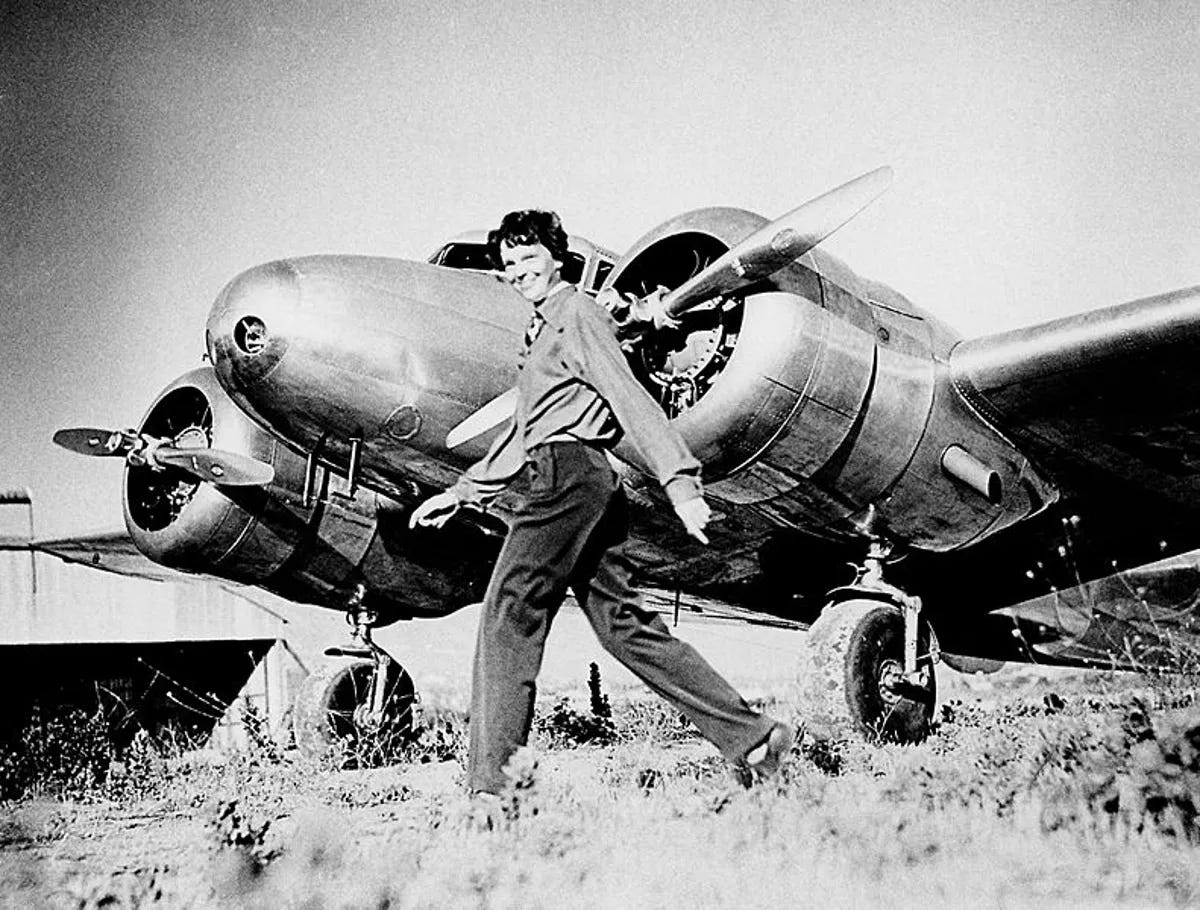I first read it while modifying American Airlines 777s. In those days, Americans detected the rise of a new class of customers that wanted more than economy offered but did not want to spend first-class dollars. This new “premium economy” class needed the latest in-flight internet and entertainment modifications to complete this new niche experience. As a new avionics technician working the night shift at a Maintenance, Repair, and Overhaul facility in the frigid northern air, I found myself at the center of American Airlines experiment.
So when I say I read it, I actually listened to it. Listening to books offers certain efficiencies, like being able to run wire bundles in a 777 while learning, but it also prevents you from fully engaging in the book. I didn’t know that then. However, every discipline must pass through the early phases and suffer the failures and inefficiencies of immaturity. Now, I know that novels and biographies are the only books worth listening to. Everything else must be read with a pen in hand; your notes and interaction are just as important as the words on the page.
I have wanted to revisit it for some time now, but it doesn’t fit in any of my current studies. So, the book has sat in my Amazon cart, and I had long forgotten about it. While checking out, Cait saw it lingering there next to some dress or hair product. In a tradition of kindness between the two of us, she ordered it, not knowing that it would only serve to derail my current pursuits in theology and leadership. I’m glad she did.
Picking up the book for the first time in physical form, excitement crept in. An American philosophical work that spoke directly to my life and my line of work. Nearly a decade later, my experience and other studies prepared me for the author’s message. Understanding systems thinking, analytical thought, mental illness, and travel is critical to this journey into the philosophy of work, values, and rationality.
Zen and The Art of Motorcycle Maintenance stands as the perfect manual for someone preparing the technicians of tomorrow to tackle aviation’s workforce shortage. Not due to its commentary on maintenance, it stands outdated by decades in that regard, but due to the discipleship in the way people think and reason, and the flaws baked into the mind by those less reflective.
Two Types of Workers
No matter where I go, I always find two basic types of workers. You could bifurcate them into the top and the bottom, the worker bee and the manager, white and blue collar. Each one conspires to eliminate the other, but only to their detriment. Neither seems to understand that both are essential to completing a project.
Pirsig noticed this as well. He called them classic and romantic thinkers. As you might expect, the romantics see in color the big picture. They feel the motorcycle as it bumps and shimmies down the road, and they smile. For them, riding isn’t about the machine but the experience and what it means.
However, classic thinkers have no time for such abstractions. They live in black and white, brought on by order, process, and procedure. Maintenance requires systematic rationality and reason, and the classical thinker brings both to bear on the task. The romantics would have killed us all long ago without the classic thinker.
Each Has What The Other Needs
Pilots are romantics, at least when they first start. They speak of “dreams” or “goals” and constantly work towards them. However, it doesn’t take long for them to realize that the romantic dream of a polished aircraft melting into the setting sun requires traversing classic thinking grounds. So they enter, learn what they must, and disappear back into the poem in their mind.
A mechanic’s approach is anything but romantic. “By the book maintenance” drives every decision the mechanic makes. Step by step, processes followed, and procedures kept. Late at night, the mechanic’s dirty hands prepare the canvas for the pilot to paint on the next dawn. His work, in the cold rain, late at night, will likely never receive much acknowledgment. The only reason to keep going is the romance the pilot has, the love of aviation.
Though pilots often don’t want to get their hands dirty and the mechanics don’t want to soil their reputations by “being a pilot,” both camps melt into one if they make it past some vague point in their careers. Old mechanics will talk about pilots they respect like the last of some old breed, dying in a sea of those unworthy of flight. Old pilots will talk about mechanics they admire as keepers of some ancient, unattainable wisdom.
On Professionalism
To be a true professional, one must understand both camps. The pilot should know what it is like to be a mechanic, and the mechanic should understand how the plane flies like a pilot. The mechanic on the floor should know the bigger picture of the operation, just like the pilot should understand what it is like to stand for hours every day and fix something with worn-out tools.
Those who truly change the game are these rare professionals who can easily sit in both camps. Those who know their way around a spreadsheet presented in a board room full of suits just as easily as those with dirty hands reaching into a toolbox in the predawn hours. Kelly Johnson, Burt Rutan, Elon Musk, and Amelia Earhart only have one thing in common: they were consummate professionals ready to think classically when needed and romantically when able.
To the pilots, don’t be afraid of the hangar floor. Embrace the torn t-shirts and profanity-laden expertise of the mechanics handing you the logbook. To the mechanic, don’t feel out of place talking to those with ties and epaulets. To both embrace all aspects of the task and become what few rarely achieve: professionals.
Hone The Edge.






